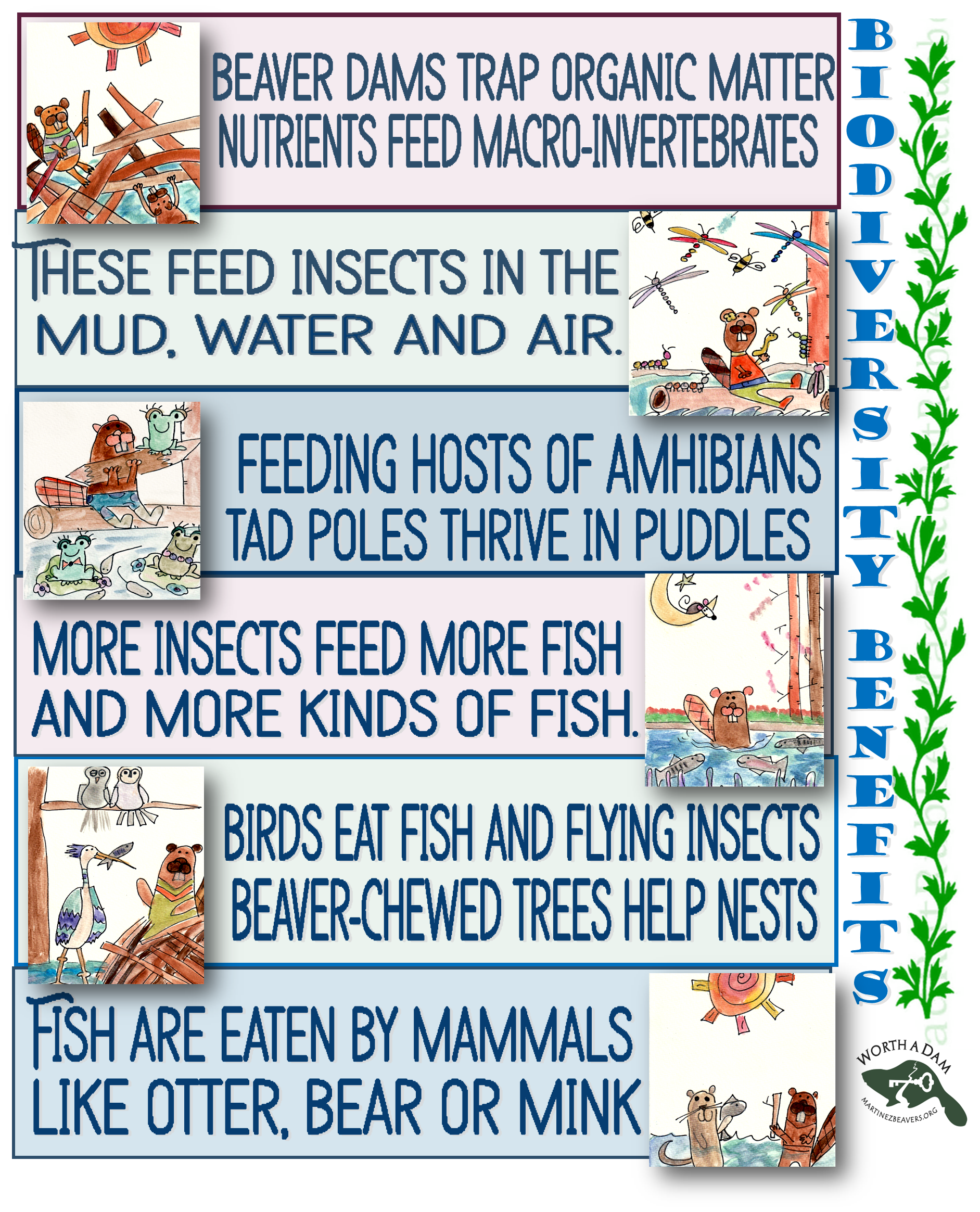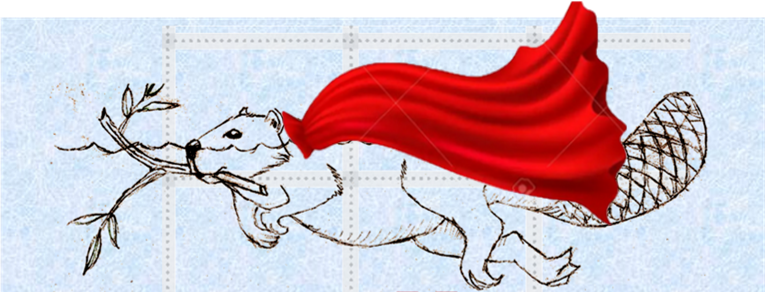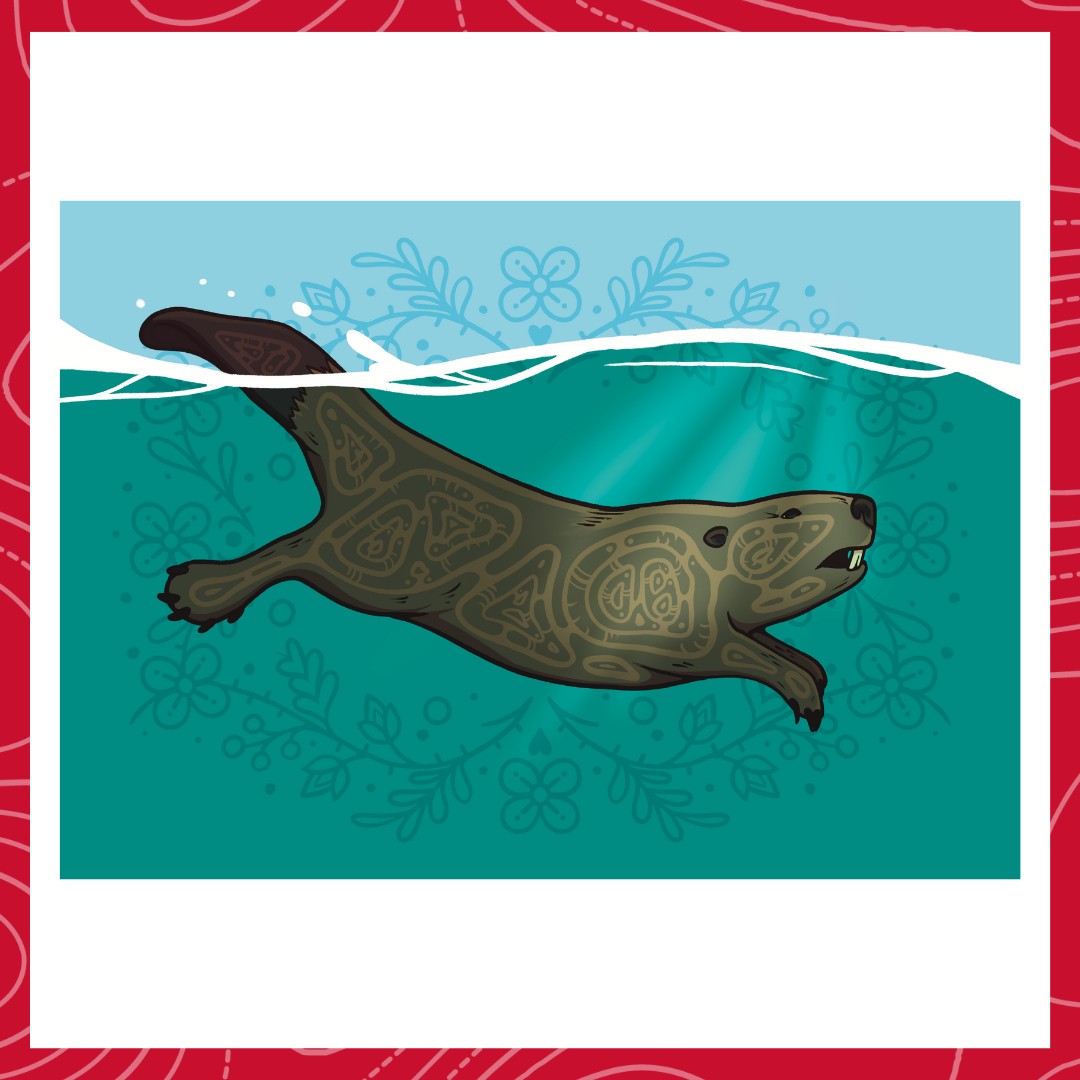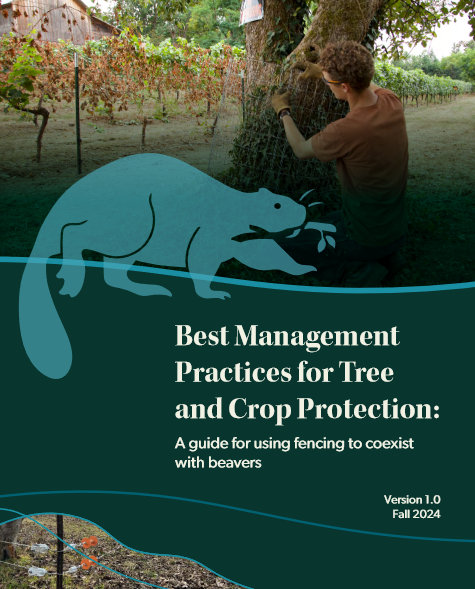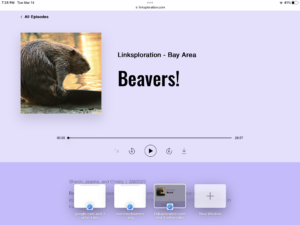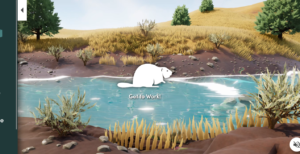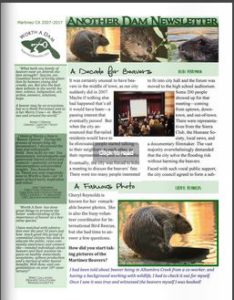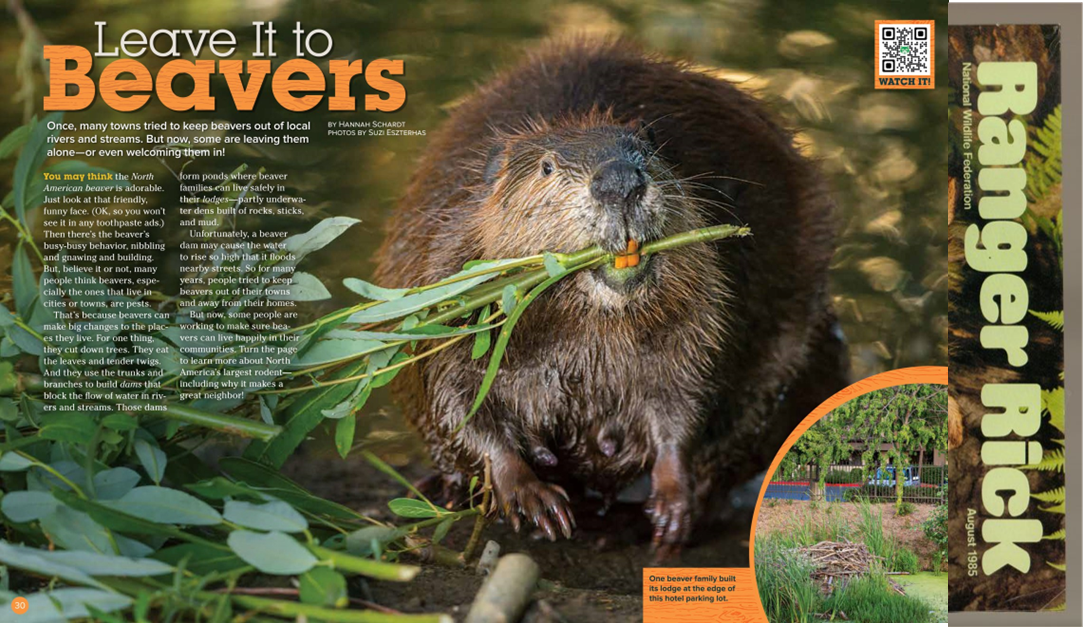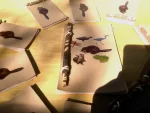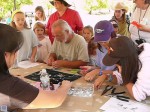It’s a little dazzling to see the rush of good beaver news flooding the airwaves lately. I’m tempted to think it’s because everything’s coming up roses for them from now on but in my heart of hearts I suspects it’s more likely that folks are so sick of bad political news they welcome the chance to indulge in some beaver bright spots.
Take this Canadian Geographic article that dropped the same day as the tariffs. No need to glum over the price of steel when you can cheer yourself with natures engineers.
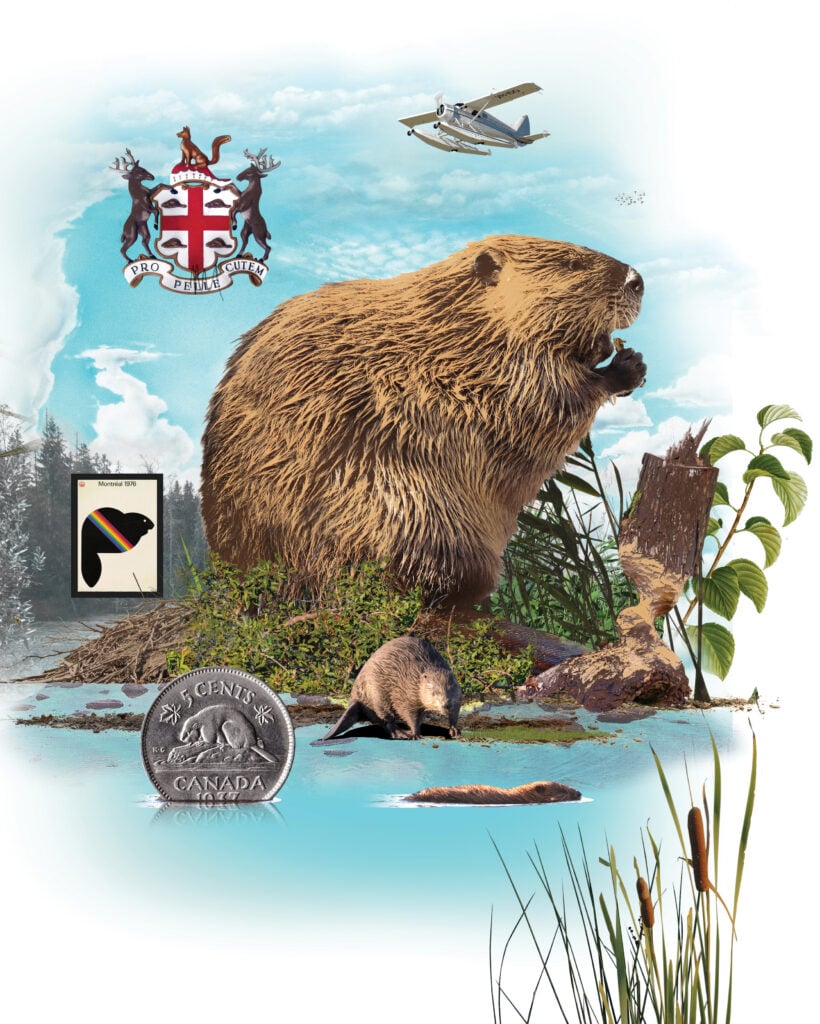 It started, ironically, with an American. In January 1975, New York State senator Bernard Smith, a noted environmental champion, introduced a bill to officially recognize a new state animal: the beaver.
It started, ironically, with an American. In January 1975, New York State senator Bernard Smith, a noted environmental champion, introduced a bill to officially recognize a new state animal: the beaver.
Prompted by a local newspaper columnist asking if Canada had a more deserving claim, Sean O’Sullivan, a 23-year-old Conservative member of Parliament from Hamilton sprang into action. O’Sullivan, the youngest-ever MP when first elected in 1972, drafted a one-sentence private member’s bill — “An Act to provide for the recognition of the Beaver (Castor canadensis) as a symbol of the sovereignty of the Dominion of Canada” — that had its first reading in Parliament that same month.
On the bill’s second reading, O’Sullivan spoke about why Canada needed to adopt the beaver as a national symbol. “There must be more to life than just financial facts and figures,” he told the House of Commons. “There must be things to touch one’s soul and heart and emotions, if we are to be complete persons and a whole nation. That is the importance of symbols.” His fellow MPs and colleagues in the Senate agreed. On March 24, 1975, the National Symbol of Canada Act received royal assent.
The article is framed by uniquely Canadian recent history but it gets into richer territory very quickly.
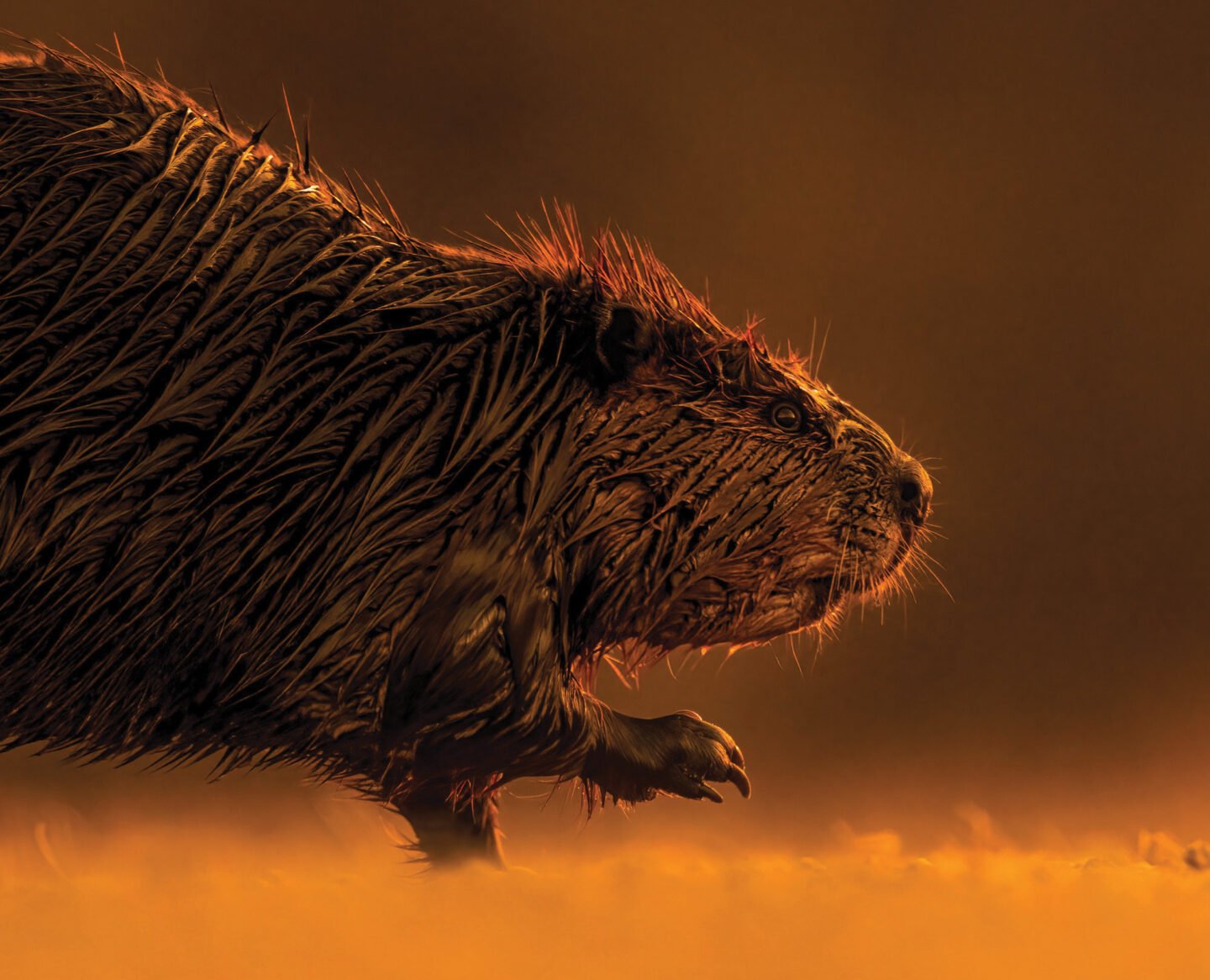 Part of the story stretches back even further. The beaver — amik to the Anishinaabe, amisk to the Cree — and beaver imagery, that of the ubiquitous, wise and resourceful landscape engineer have been part of Indigenous traditions and teachings on this continent for millennia. The beaver is the “one that brings the water,” as described by Michi Saagiig Nishnaabeg writer Leanne Betasamosake Simpson in A Short History of the Blockade: Giant Beavers, Diplomacy, and Regeneration in Nishnaabewin. Indigenous Peoples in North America also invented the canoes that were adapted and exploited to become the main vehicles of the fur trade. And these two Canadian symbols, the beaver and the canoe, have been intimately linked since.
Part of the story stretches back even further. The beaver — amik to the Anishinaabe, amisk to the Cree — and beaver imagery, that of the ubiquitous, wise and resourceful landscape engineer have been part of Indigenous traditions and teachings on this continent for millennia. The beaver is the “one that brings the water,” as described by Michi Saagiig Nishnaabeg writer Leanne Betasamosake Simpson in A Short History of the Blockade: Giant Beavers, Diplomacy, and Regeneration in Nishnaabewin. Indigenous Peoples in North America also invented the canoes that were adapted and exploited to become the main vehicles of the fur trade. And these two Canadian symbols, the beaver and the canoe, have been intimately linked since.
“They’ll cut down the birch trees in your front yard, flood farmland, put water over the top of roads,” says Ojibway wildlife biologist and artist Rick Beaver, of the Alderville First Nation in Ontario. “Here on the west end of our reserve, there’s a nice, beautiful culvert that funnels Stoney Creek down into the marshland into Rice Lake. And every spring, the beavers have got that just plastered full of mud and logs. They keep the township and counties busy making sure that the water still flows.”
As a keystone species that protects groundwater and creates unique wetland and riparian forest habitat for everything from moose and deer to amphibians, insects and other furbearers, beavers “need to be here,” he says. “But that’s a hard thing to explain to a property owner who has lost road access or a farmer who has lost part of his acre-age to floods.”
Straight to the heart of the matter. They make things better and worse so what are you going to do about it?
In the decades that followed, Canada boomed. And so did our continued embrace of the beaver, in commerce, performance, even athletic competition (see sidebar). However, learning, or in some ways re-learning, how to live with the beaver has been a slower process. Yet it’s one area where some say greater urgency is needed — and with it, a new way of looking at the beaver and what it might symbolize — as impacts of climate change, particularly drought, more intense rainfall and warming of the Far North, grow more severe.
Consider drought and Simpson’s description of the beaver as “the one that brings the water.” Glynnis Hood came to see what this meant while doing PhD research in Alberta in 2002. “We had the worst drought on record. I happened to be doing field data collection, and I was like, ‘these ponds are disappearing.’ Then I started to notice that the ponds with beaver still had water in them.” Further study across the province revealed that ponds with beavers had nine times more open water than those without.
It was a fun coincidence to come across that speech they day that I had just posted it and worked to share it around. Amik is the one that brings the water. Yup.
At the other extreme, these same beaver-engineered landscapes also show a capacity to reduce severe flash floods caused by intense rainfall. In 2013, when Calgary suffered its worst flooding in over a century, Cherie Westbrook, an ecohydrology professor at the University of Saskatchewan who had been doing field work in the Kananaskis region, discovered it could have been even worse were it not for the beaver dams upriver from the city. Despite the deluge, roughly seven of every 10 of those dams upriver remained intact and were still holding back water after the storm. Today, Hood and Westbrook are doing joint research to learn more about this capacity. Hood says conventional wisdom still argues for beaver dam removal in the belief that they will all give way in storms, making flooding worse. “We’re trying to put a scientific evaluation on that, rather than just a rhetorical one,” she says.
Yes, We can reduce flooding and bring water where you need it. It’s a pretty rare combination.
For his part, Rick Beaver sees a solution to the broader question of coexistence with the beaver in Canada’s growing willingness to seek Indigenous cooperation and heed Indigenous traditional knowledge in dealings with the environment. “It’s a question of acknowledgment that we are part of the landscape, as are beavers.”
“There is an Ojibwe word for the relationship of all things,” Beaver continues. “It’s Gidinawendimin. It means we are all related, that there’s this holistic identity that we are a part of. And as we consider solutions to current environmental issues, one of our objectives is to get back to that, to make people aware of their belongingness to all things. In that sense, I think it’s appropriate to think of the beaver as a national symbol which harkens back to our traditional teachings about who we are, and what we belong to and what belongs to us.”
Oh Canada. I really enjoyed this article which seemed to get to the troubles past of beavers and push right through to their more positive future. I would go read the whole thing because there are lots of great photos and clever detours to savor.


